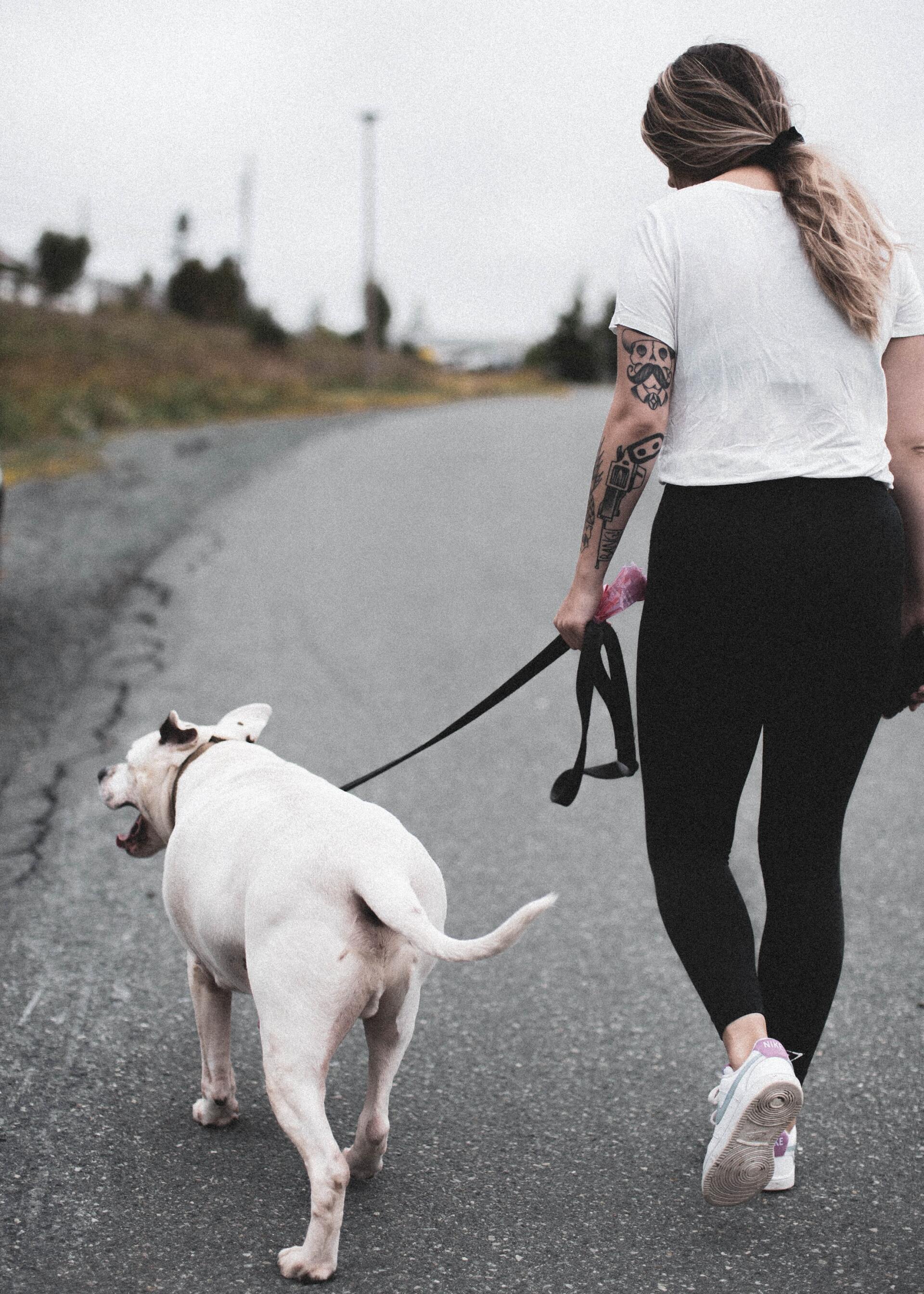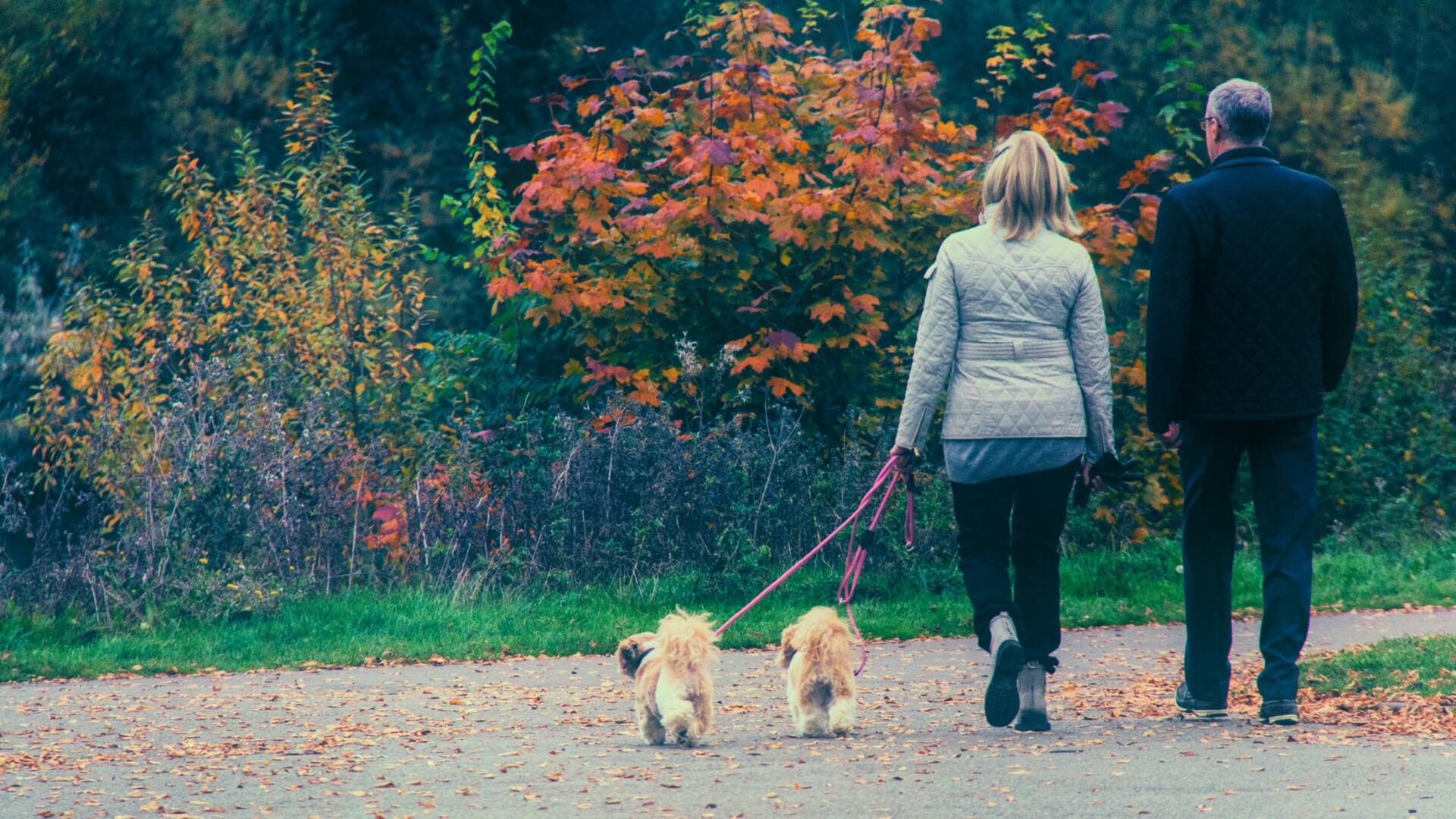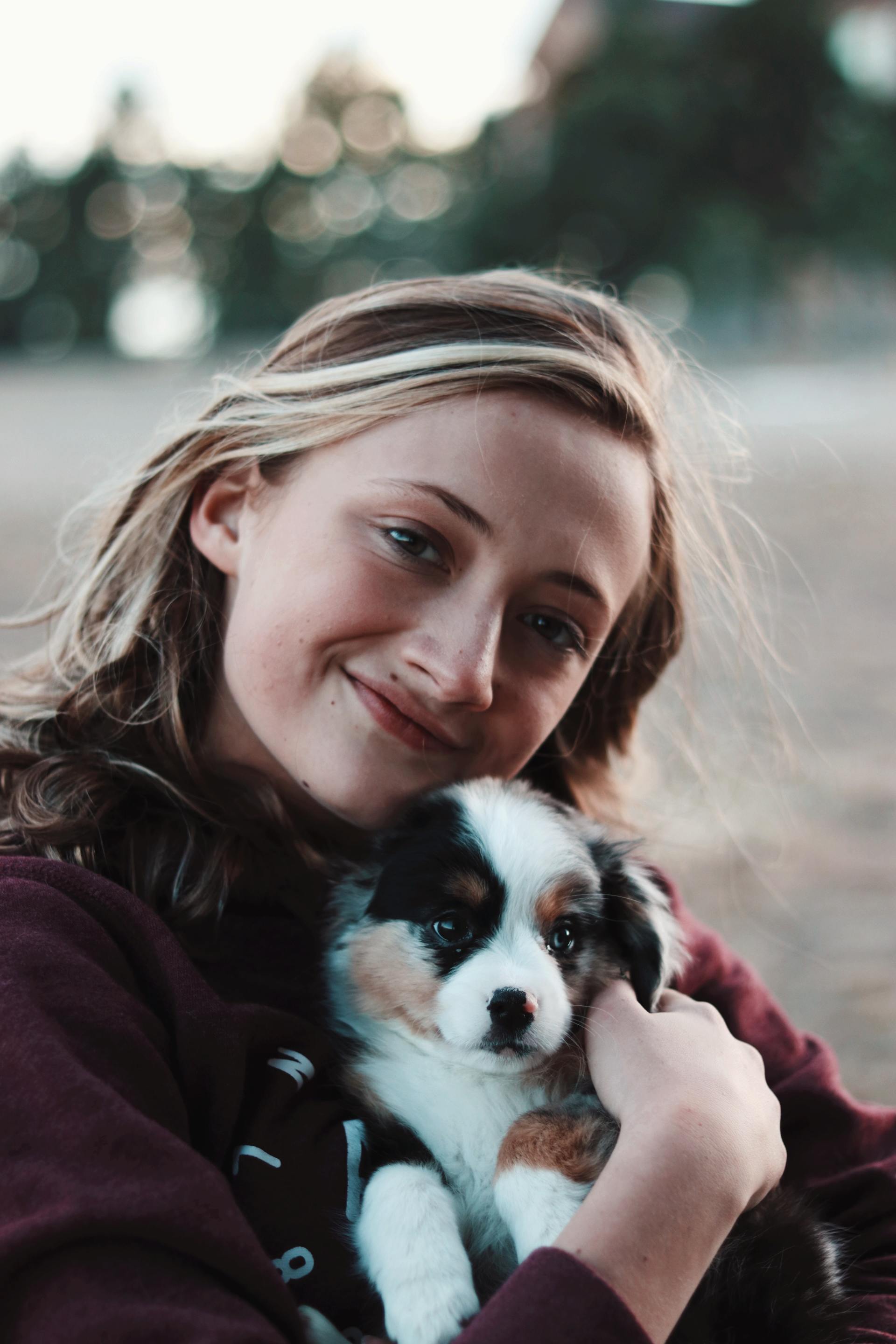How to Protect Your Dog From the Summer Heat and Sun During Walks
How to Protect Your Dog From the Summer Heat and Sun During Walks
It’s hot. Currently, sweat-inducing activities include:
- Walking to your car
- Opening the front door
- Breathing
If it’s this miserable for you, how awful must it be for your dog?
Consider this: dogs don’t sweat to cool themselves down like we do. Instead, they pant to release heat. (They do sweat a little, but only on their paw pads.)
But it’s not a perfect system. According to the Noah’s Ark Veterinary Hospital blog, “Because dogs primarily pant rather than sweat, they are much more sensitive to heat than humans are.”
But our dog walkers have compiled some of their best (practical – no doggy umbrellas here) tips to help you and your pooch avoid the worst effects of summer weather.
Protect Your Dog from the Sun and Heat
Have you ever tried to walk barefoot down your driveway in the middle of summer? It’s not fun. You look like you’re impersonating a kangaroo as you jump around to salvage the soles of your feet.
But that’s what it’s like for your dog every time you put a leash on them and go for a walk down the street or on the sidewalk.
Don’t worry, though: there’s an easy fix.
Just cover your dog’s paws with boots or a paw balm/cream. (If it’s so hot you can’t stand on concrete barefoot without worrying about burns, paw balm won’t be enough. Definitely go for the boots.)
That’s it, right? Your dog has fur everywhere else.
Not so fast. If your dog has thin hair or has been shaved (especially if he has pink skin under white fur anywhere), there’s no barrier between his skin and the sun. You’ll need to apply some sunscreen.
The sunscreen you use on yourself and your family might not be safe. Check the label to see if the sunscreen is appropriate for use on dogs.
Stay Out of Direct Sunlight
Even something as simple as avoiding the sun helps your dog stay cool.
You probably already walk early in the morning or later in the evening to avoid the hottest parts of the day. But the dogs need to go out between then, too.
When going for a mid-day walk, choose a route you know is protected from the sun by trees or tall buildings and fence lines.
Keep Walks Short
Long walks help dogs work out the energy from being inside while you’re away.
But on especially hot days, long walks might lead to heat exhaustion. A better option is to do what our dog walkers do when the temperatures shoot up: take your dog out just long enough to potty, then spend the rest of the walking time inside playing with toys or working on training commands.
And be sure to take a bowl and water with you and provide plenty once you return. Drinking cool (not cold) water helps hot dogs cool down.
Monitor Your Dog Closely
No matter how hot (or not) the day feels, keep an eye on your dog. Heat exhaustion can sneak up on our four-legged friends quickly.
Symptoms include panting more or harder than normal; lots of drool (the drool may even appear thicker than normal); vomiting or diarrhea; and lethargy. For more symptoms, refer to the blog post mentioned above.
Help Your Dog Keep Her Cool
Stick to the shade, keep water available, and take short walks only during mid-day – if you follow these tips, summer heat shouldn’t be a problem.
Just remember: heat exhaustion happens quickly. If you’re worried even a little about your dog, contact your veterinarian.



